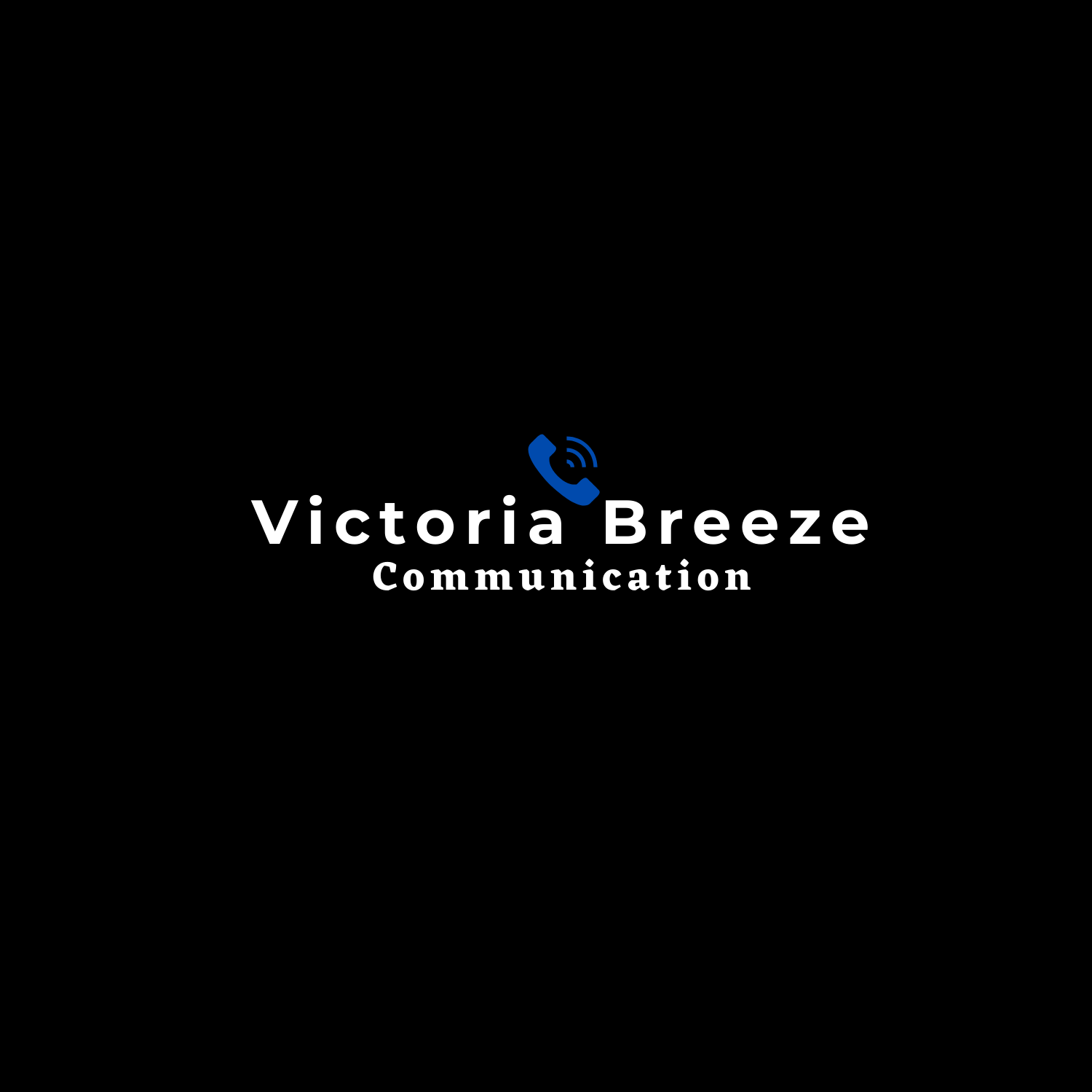Writing a PR pitch focuses on a more specific message to the journalist or influencer’s interests. The information must be short and concise.
This means writing a PR pitch requires personalized outreach and research beforehand in order to understand what a journalist or influencer cares about, writes on and how you can help contribute to their beat.
Contacting the media will not guarantee coverage for your client. You have to persuade the journalist that your story idea is newsworthy. Public relations professionals pitch to reporters, editors, bloggers, and social media influencers.
Pitches can take place via email, phone calls, and increasingly through social media. The channel you choose for your pitch depends upon the intended individual’s preference.
Writing a PR pitch is a skill that requires creative thinking, persuasive communication skills, and knowing how your story idea benefits the reporter and the audience. Your pitching skills can improve with time and practice. You will feel more confident reaching out to reporters if you write pitches regularly.
How to write a good PR pitch; By Atwine Jasmine
Build a basic press list
This doesn’t have to be anything fancy and it doesn’t have to be hard. Find out who has written about you, your industry, your competitors, and your collaborators in the past and start there.
Get the personal contact information for writers, bloggers, and reporters and start a spreadsheet. If you’ve got 20-25 names you’re off to a good start. Don’t feel the need to build a massive press list or purchase one from an agency. A small, targeted list is best.
2. Find your angle.
It’s also crucial to understand and communicate the story you’re trying to tell and how it aligns with the larger media trends yet provides a unique angle to the storyline.
Media contacts receive hundreds of pitches a day. If you’re lucky enough to get yours opened, the worst thing that someone with very little time can be confronted with is an unnecessarily long pitch. Find out how to say everything that you need to say in a paragraph or less. The more specific and focused you can be, the better.
3. Write your pitch.
Think of what that story might be and imagine what it might look like in the hands of the reporter you’ve chosen. From that point of view, prepare your pitch. Make your pitch by email first. Wait for some about 6 hours or preferably for a day; If the idea is a good one, the reporter may respond right away.
If you don’t hear back, perhaps the next step is a call. When you call, refer to the earlier message. Regardless of whether the reporter has seen it or not, re-forward as a courtesy as you are talking to allow the individual to scan the high points of the message and preliminarily respond.
5. Be respectful of the reporter’s right to make the decision.
As tempting as it is to ply the reporter with a strong armed pitch, you will be more successful by respecting the reporter’s right to say yes or no, while providing them with as many meaningful reasons as possible to have the desire to say yes.
Is the story an exclusive? An idea or a slant that hasn’t been offered to anybody else? Will it be of broad need and interest to the reporter’s readers or viewers, and does it give them strong news or an angle on the information that hasn’t been presented before? All of these ideas will help
6. Include your contact information.
Don’t forget to give them a way to contact you by phone or email to follow up, and including links to your pitch page, your website, Twitter, etc. Make sure you’re giving them plenty of additional resources.
7. Don’t copy to other users
If you’re doing proper personalization, you shouldn’t copy to other users in when sending the pitch via email , because the same pitch shouldn’t apply to multiple people at once.
But no matter what the circumstances, don’t BCC people. It’s pure, utter laziness, and it’s immediately clear what you’re doing. Recipients are able to see that their name is in the BCC field, and they’re going to automatically know that you’ve emailed your pitch to a bunch of other people at the same time.

